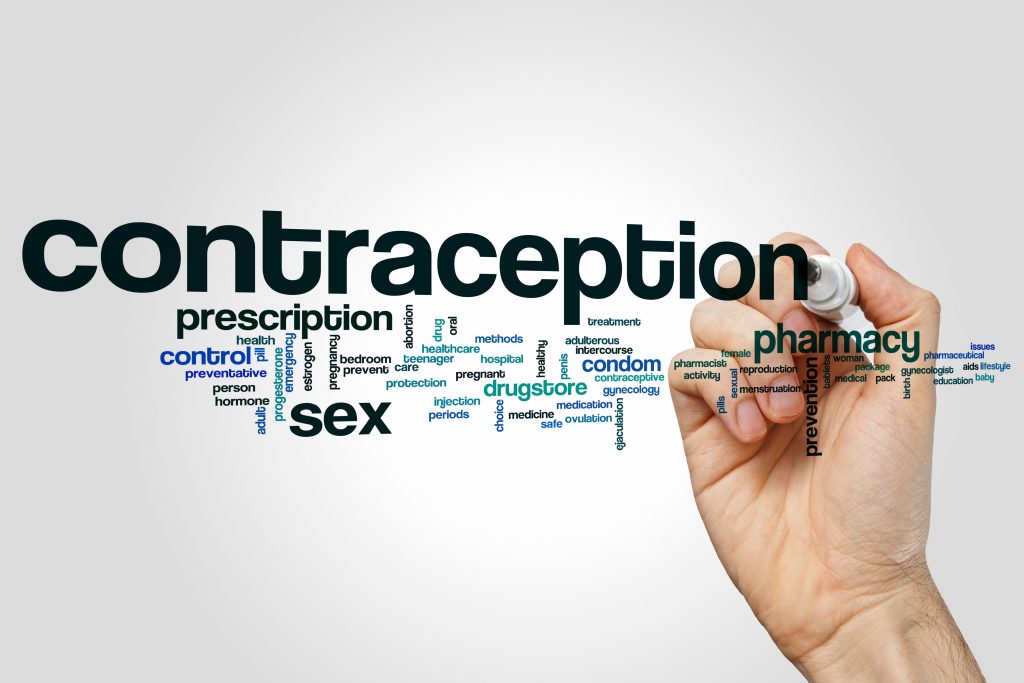
Abortion and contraception have been a hot-button issue since the implementation of our constitutional rights. Just to point out that both are said to be legal medical practice in the healthcare industry, and in many states, including referencing prior case decisions of Planned Parenthood v. Casey and Roe v. Wade. These case decisions indicated that in some critical respects abortion is of the same character as the decision to use contraception. For two decades of economic and social developments, people have organized close relationships and made choices that define their views of themselves and their places in society, in confidence on the availability of abortion and in the event that contraception should fail.
In summary of Roe v. Wade, the court further pointed out, I quoted below:
“Abortion is legal nationwide because of Roe v. Wade, a U.S. Supreme Court decision issued in 1973 which found the right to abortion is protected by the U.S. Constitution. Following is a summary of the decision.
Date: January 22, 1973
Cite: 410 U.S. 113
Opinions: Delivered by Justice Blackmun, joined by Chief Justice Burger and Justices Douglas, Brennan, Stewart, Marshall and Powell. Burger, Douglas, Stewart, also authored concurring opinions. There were two dissenting opinions by Justices Rehnquist andWhite. (The opinions of Burger, Douglas and White are actually found in Roe’s companion case Doe v. Bolton, 410 U.S. 179.)
Holding: The Constitutional right to personal privacy, the roots of which are found in the 4th, 5th, 9th and 14th Amendments, is “broad enough to encompass a woman’s decision whether or not to terminate her pregnancy.” The right to abortion, however, is not absolute. At some point, a “compelling state interest” in protecting the health of the woman and the potentiality of human
Life develops, which permits the state to protect fetal life even to the point of proscribing all non-therapeutic abortions. To balance the competing interests of the woman and the state, the Court set up the following timetable:
First Trimester: The state has no “compelling interest” in protecting the health of the woman because “abortion in early pregnancy, although not without its risks, is relatively safe.” The state also has no “compelling interest” in protecting the potentiality of human life because “the compelling point is at viability.” Therefore, the state may not regulate abortion at all except to require that the procedure be performed by a physician.
Second Trimester: Since “the risk to the woman increases as her pregnancy continues,” the state, in promoting its interest in protecting the health of the woman “may regulate the abortion procedure in ways that are reasonably related to maternal health.” Examples of permissible state regulation are requirements as to the qualifications of the person performing the abortion or the licensure of the abortion facility.
Third Trimester: Since the fetus has the capability of “meaningful life” outside the pregnant woman’s womb at “about 28 weeks, but as early as 24 weeks,” the state’s interest in protecting potential life becomes “compelling” at this point of “viability.” Therefore, the state, if it chooses, may regulate and even proscribe abortion except where it is necessary for the preservation of the life or health of the woman ( https://www.msu.edu/user/schwenkl/abtrbng/roe-sum.htm)”